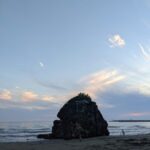
Thank you for visiting my blog! I ‘m Mary living in Miyagi pref. Japan.
My hobby is visiting shrines and temples mainly in Tohoku region, Japan.
In this vlog, I will introduce the shrines and temples that I have actually visited.
Today, I’d like to introduce the Amida Hall at Shōraku-san Kōzō-ji Temple, located in Kakuda City, Miyagi Prefecture.
About Kozoji Temple,
Located to the west of Kakuda City along the lower reaches of the Abukuma River, Kōzō-ji Temple is said to have been founded in 819 by the Buddhist monk Tokuichi. The temple stands in a quiet setting, slightly recessed along a mountain stream and surrounded on three sides by hills. The cedar trees within the grounds and the kaya (Japanese nutmeg-yew) forest on the back hill are centuries-old, forming a unique and striking landscape rarely seen elsewhere.
From the Kakuda City websitehttps://www.city.kakuda.lg.jp/soshiki/14/625.html
As the temple is located in the mountains, you must visit by car.
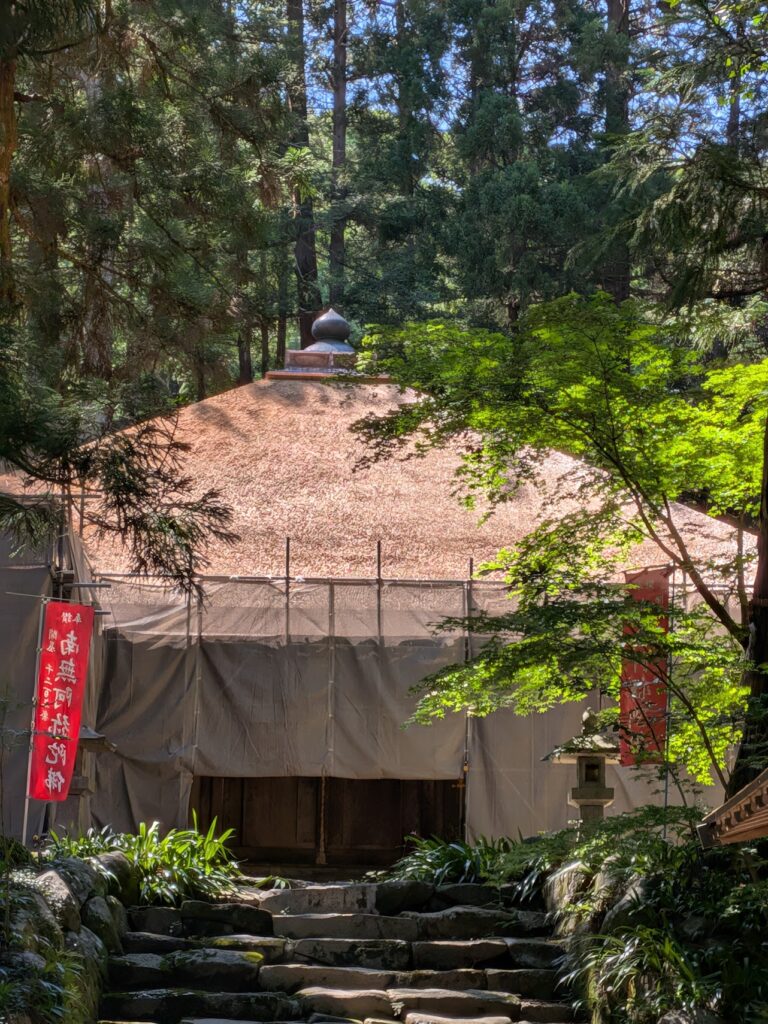
Here is the Amida Hall, which houses the principal deity, Amida Nyorai. When I visited in August 2025, it seemed to be undergoing restoration work.
Constructed in 1177, the Amida Hall stands as the oldest existing wooden building in Miyagi Prefecture.
According to tradition, the hall was commissioned by the wife of Fujiwara no Hidehira, the third-generation leader of the Ōshū Fujiwara clan.
I found a signboard at Kōzō-ji Temple that describes the historical background of the Amida Hall.
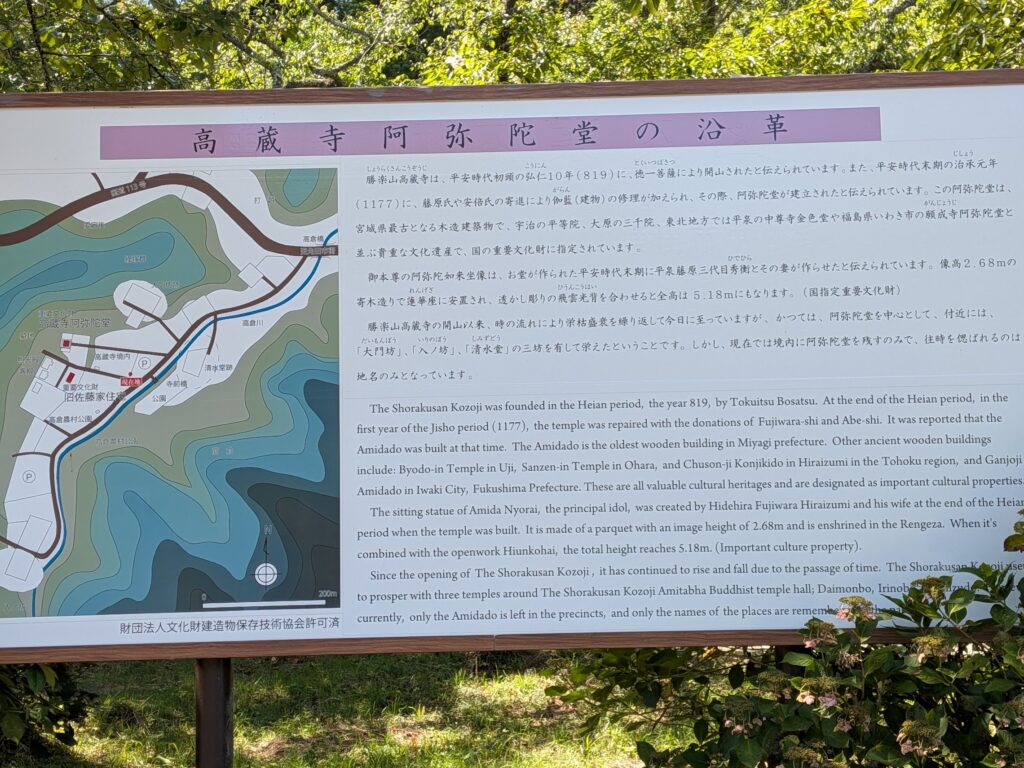
The Amida Hall is set a little apart from the main Kōzō-ji Temple grounds, with its own separate entrance.

Enter here, walk straight, and climb the stairs—not too many of them—and you’ll reach the Amida Hall.
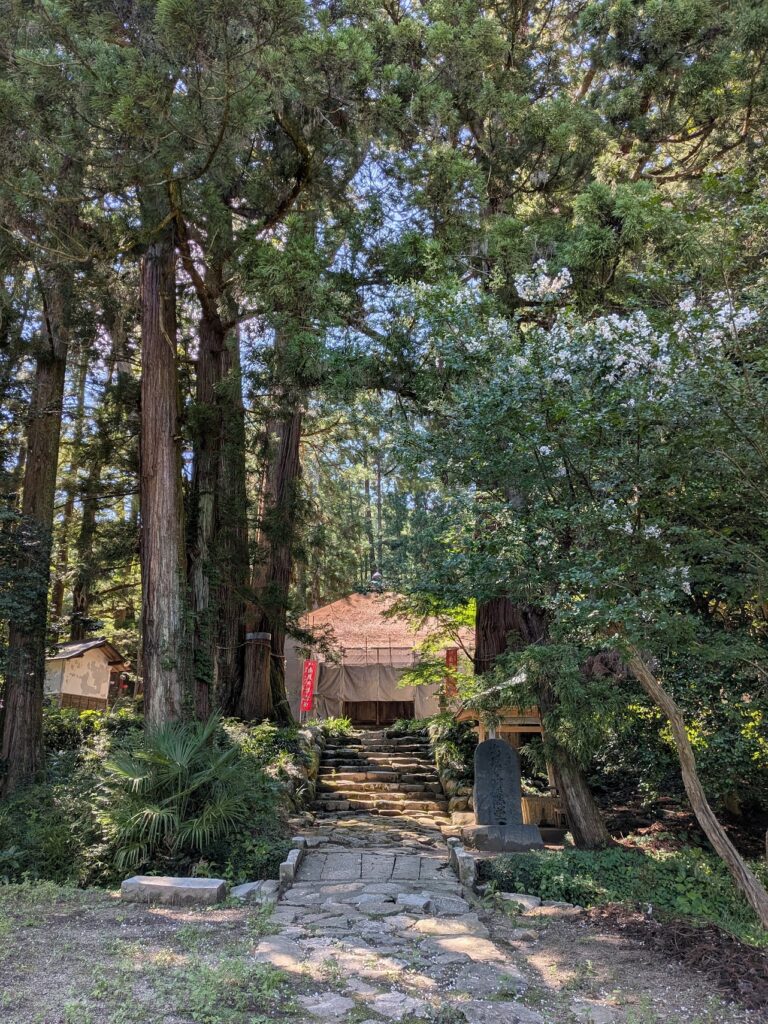

Although the hall is under restoration, the central area remains uncovered so that people can still come to pray.
Encircled by trees, the hall provides a peaceful setting where you can pray slowly and quietly.
Within the Amida Hall is the principal image of Amida Nyorai. To enter for viewing and prayer, you’ll need to make a reservation in advance, and there is a 500-yen fee for the ceremonial lighting.
Details on how to make a reservation for visiting can be found on the temple’s official website.OfficialHP
Here’s a side view of the Amida Hall.
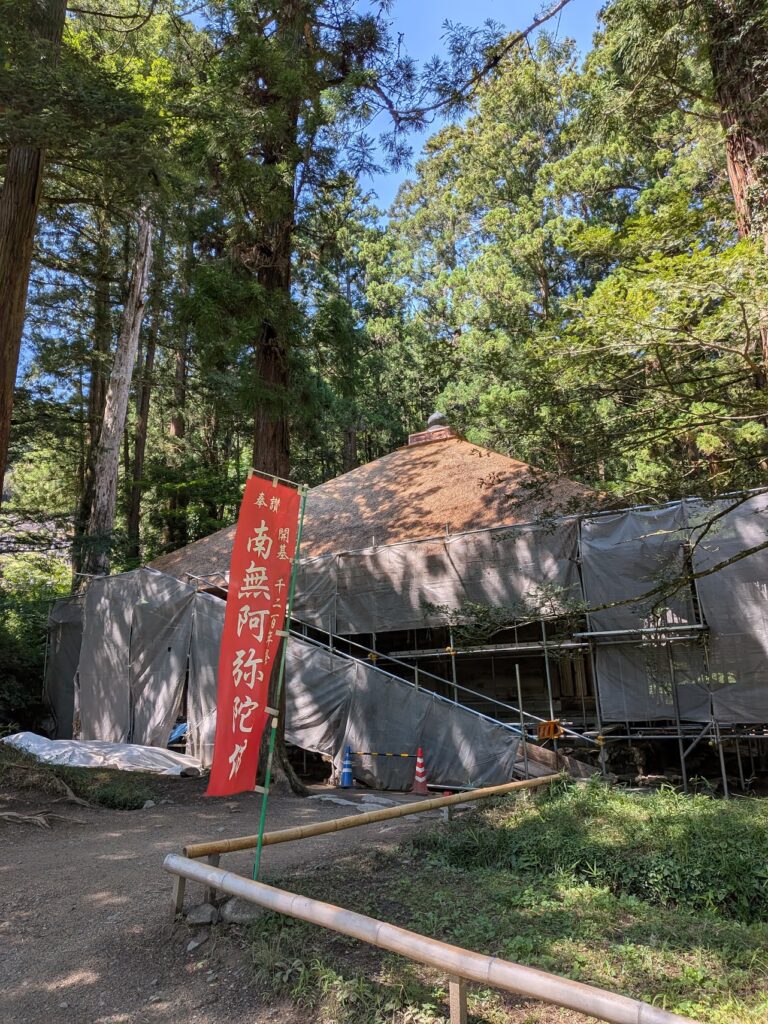
Whenever I stand before this Amida Hall, I feel a deep sense of peace, as if the air itself is filled with kindness. Even though I couldn’t meet the principal image in person on this visit, I could almost see Amida Nyorai inside, smiling warmly and watching over us. Next time, I’ll be sure to make a reservation so I can finally see him directly
Flanking the entrance to the Amida Hall are two sacred trees, as if to signal that from here onward lies holy ground. They stand firmly, watching over and protecting the hall.
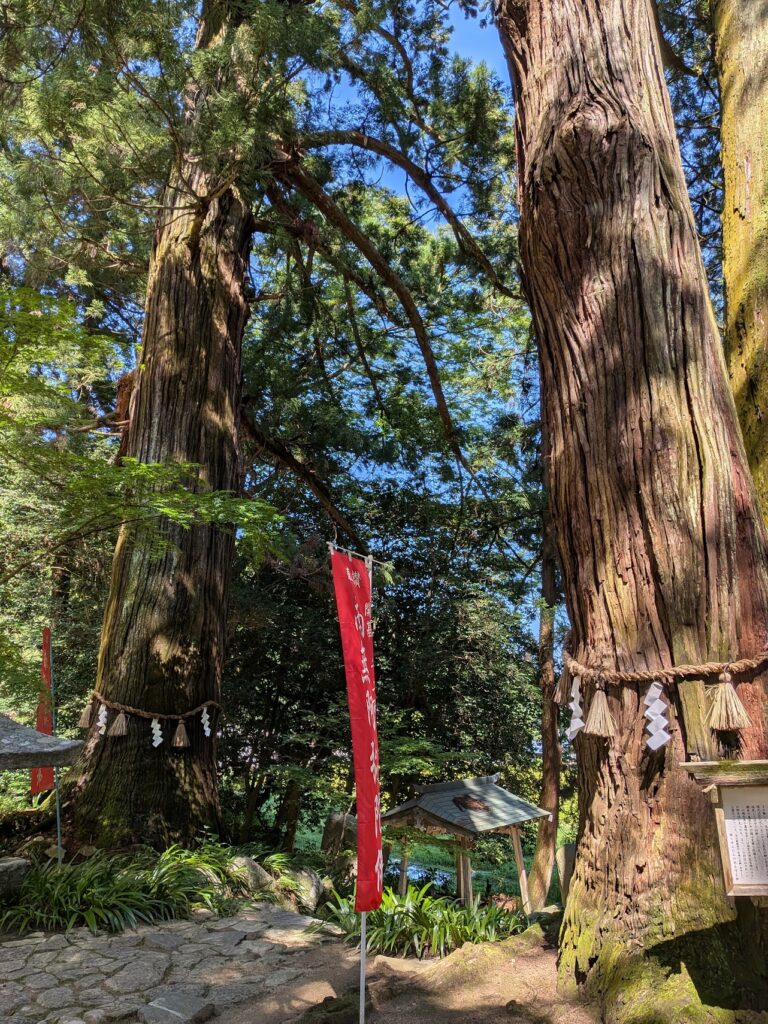
Looking at the sacred trees, I always reflect on how they must have begun as a single sapling, slowly growing over centuries, to become what they are today. Through bright sunshine and heavy rain, they have stood strong, receiving countless prayers and bearing witness to generations of lives. The thought of it moves me beyond words.
In the precincts of the Amida Hall, I also found stone monuments of Mizuko Kannon and Kokūzō Bosatsu.
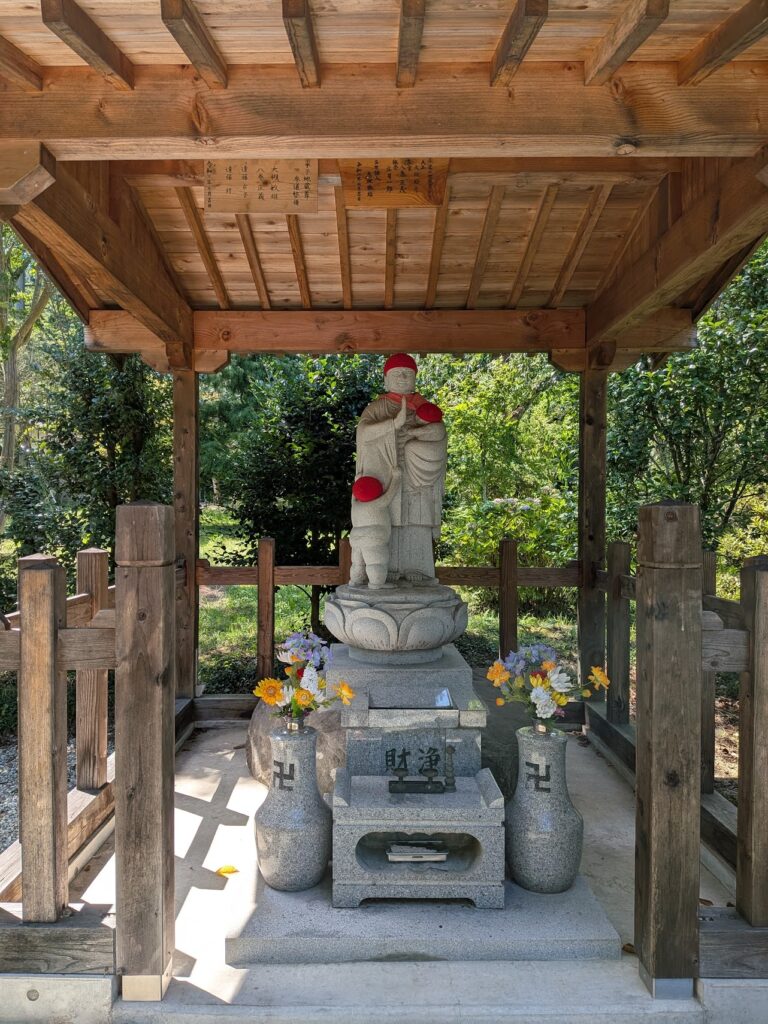
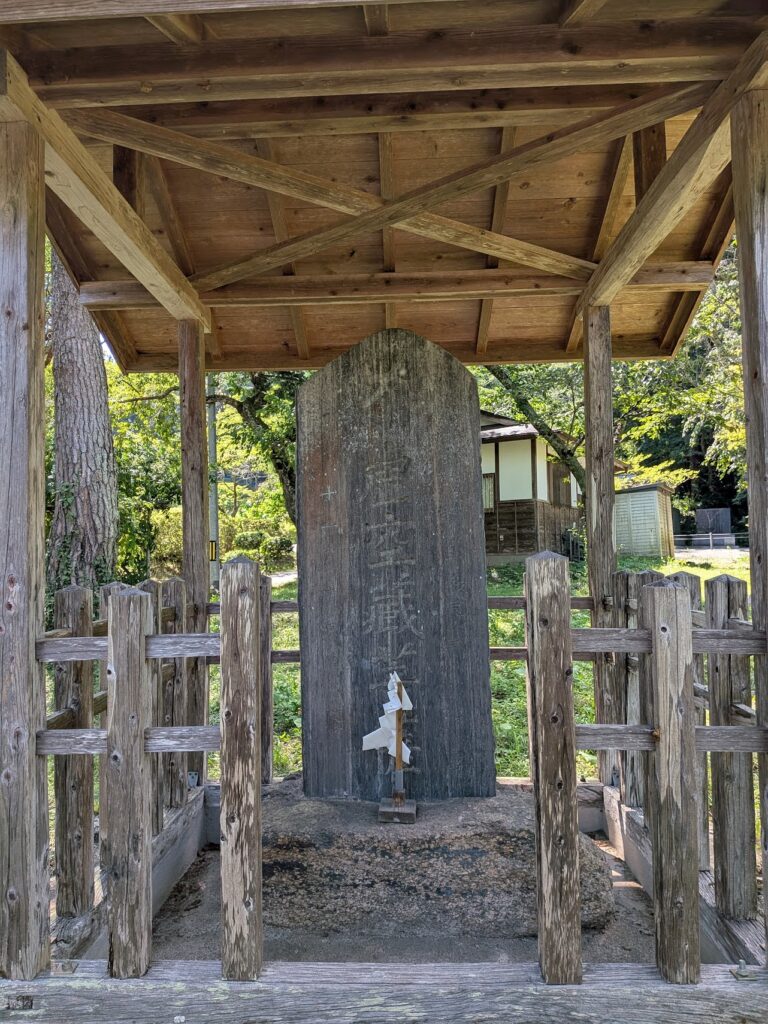
On summer nights, fireflies can be seen around this pond, a reminder of how abundant the nature here is.
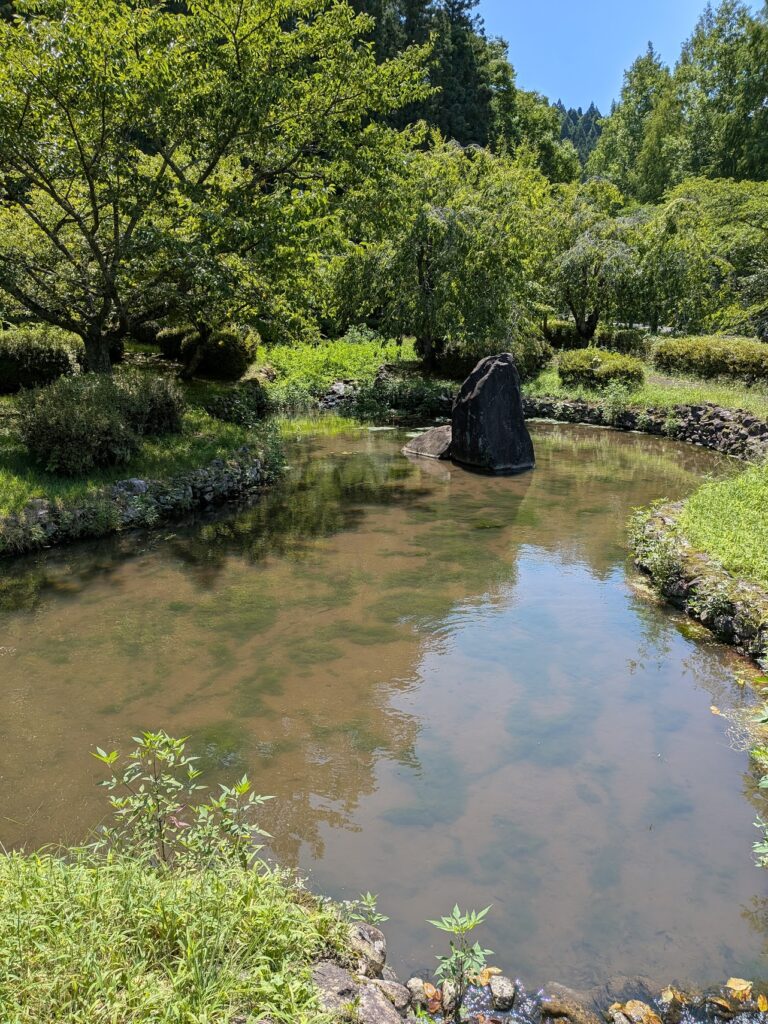
To modern eyes, it feels almost unbelievable—a place so serene and rich in nature.
In addition to offering my prayers, I was able to receive both comfort and strength from the power of nature.
Thank you so much for reading all the way through. I hope each of you will also encounter a meaningful bond with the divine and the Buddha.
Important Reminder: Sacred sites such as shrines and temples deserve reverence. Be sure to show respect and follow proper etiquette when you visit.


コメント